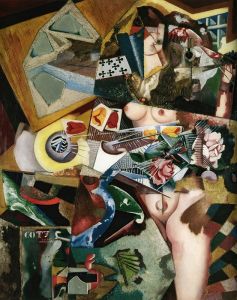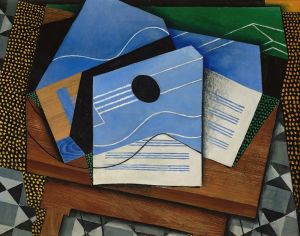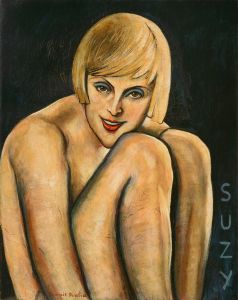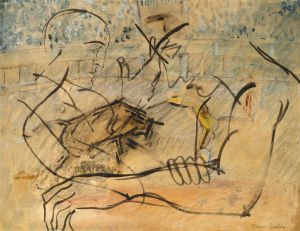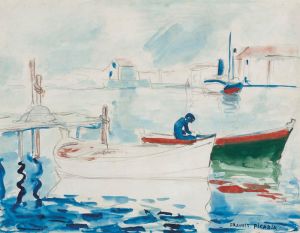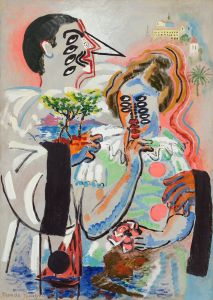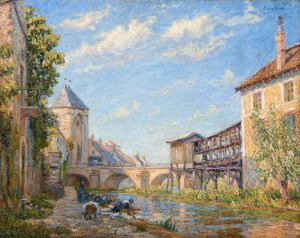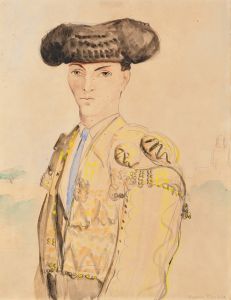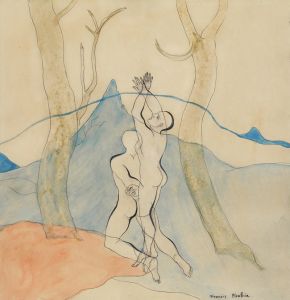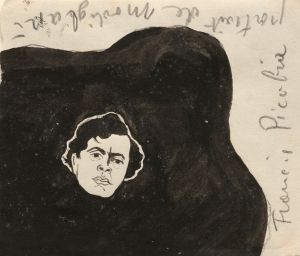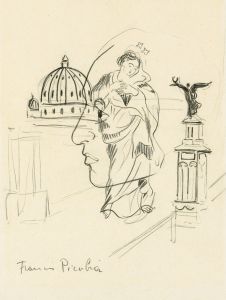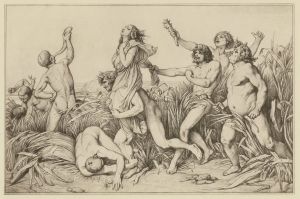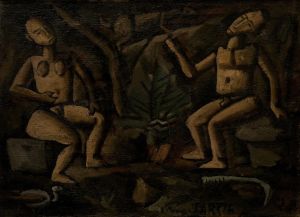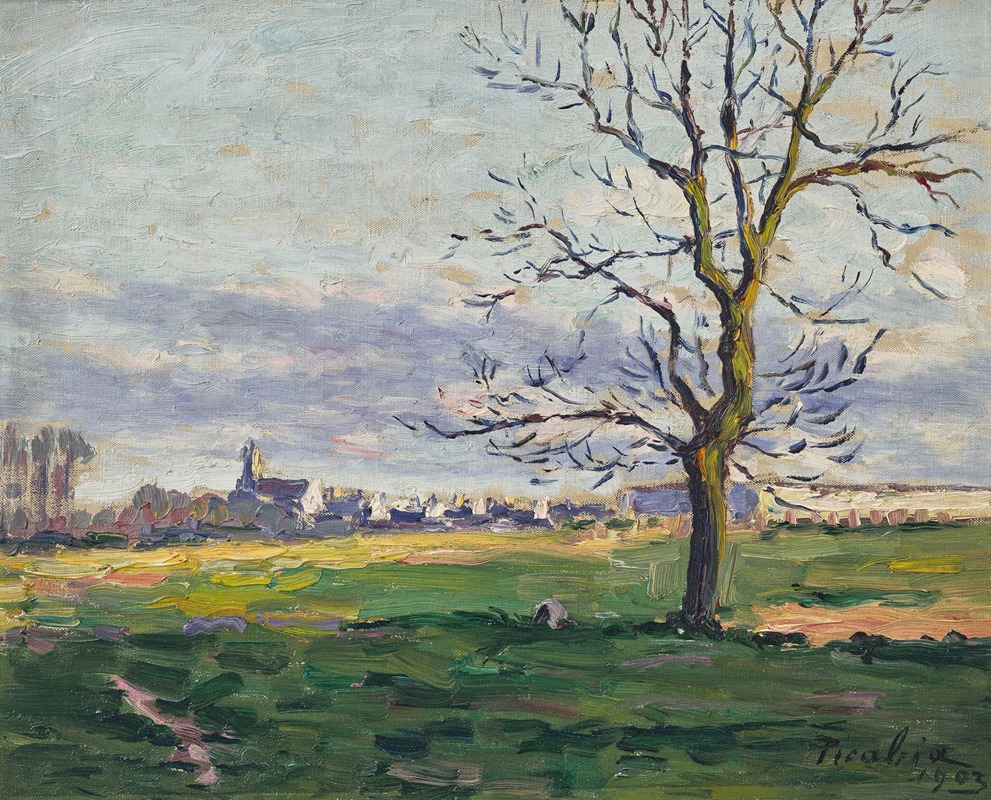
Sans titre
A hand-painted replica of Francis Picabia’s masterpiece Sans titre, meticulously crafted by professional artists to capture the true essence of the original. Each piece is created with museum-quality canvas and rare mineral pigments, carefully painted by experienced artists with delicate brushstrokes and rich, layered colors to perfectly recreate the texture of the original artwork. Unlike machine-printed reproductions, this hand-painted version brings the painting to life, infused with the artist’s emotions and skill in every stroke. Whether for personal collection or home decoration, it instantly elevates the artistic atmosphere of any space.
Francis Picabia was a French avant-garde painter, poet, and typographist, associated with a variety of art movements, including Impressionism, Cubism, and Dadaism. His work "Sans titre" (Untitled) is one of the many pieces that reflect his diverse artistic journey and his inclination towards non-traditional forms of art.
Francis Picabia was born on January 22, 1879, in Paris, France. He began his artistic career in the late 19th century, initially working in an Impressionist style. However, as the art world evolved, so did Picabia's style. By the early 20th century, he had embraced Cubism, and later became a key figure in the Dada movement, which was characterized by its anti-establishment ethos and its embrace of absurdity and irrationality.
"Sans titre" is a part of Picabia's extensive body of work that defies easy categorization. Throughout his career, Picabia was known for his willingness to experiment and his refusal to be confined to a single style or movement. This particular piece, like many of his works, does not conform to a specific genre or technique, which is a hallmark of Picabia's approach to art.
The Dada movement, with which Picabia is often associated, emerged in the early 20th century as a reaction to the horrors of World War I. It was characterized by its rejection of traditional artistic values and its embrace of chaos and irrationality. Picabia was a central figure in this movement, and his works often reflect its principles. His art from this period frequently includes elements of satire, irony, and a playful disregard for conventional aesthetics.
"Sans titre" exemplifies Picabia's Dadaist tendencies, showcasing his interest in abstraction and his challenge to the viewer's expectations. The piece is notable for its abstract forms and its departure from representational art. Picabia often used mechanical and industrial imagery in his work, which can be seen as a commentary on the mechanization of society and the dehumanizing effects of technology.
Picabia's work, including "Sans titre," often blurs the lines between painting and other forms of visual expression. He was known for incorporating elements of typography and graphic design into his paintings, further challenging traditional notions of what constitutes fine art. This interdisciplinary approach is evident in "Sans titre," where Picabia's use of form and color suggests a dynamic interplay between different artistic mediums.
Throughout his career, Picabia remained a controversial and influential figure in the art world. His willingness to defy convention and explore new artistic territories made him a pivotal figure in the development of modern art. "Sans titre" is a testament to his innovative spirit and his enduring impact on the art world.
In summary, "Sans titre" by Francis Picabia is a reflection of the artist's diverse and experimental approach to art. It embodies the principles of the Dada movement and showcases Picabia's interest in abstraction and non-traditional forms. Through this work, Picabia challenges viewers to reconsider their perceptions of art and its role in society, leaving a lasting legacy that continues to inspire and provoke thought.





